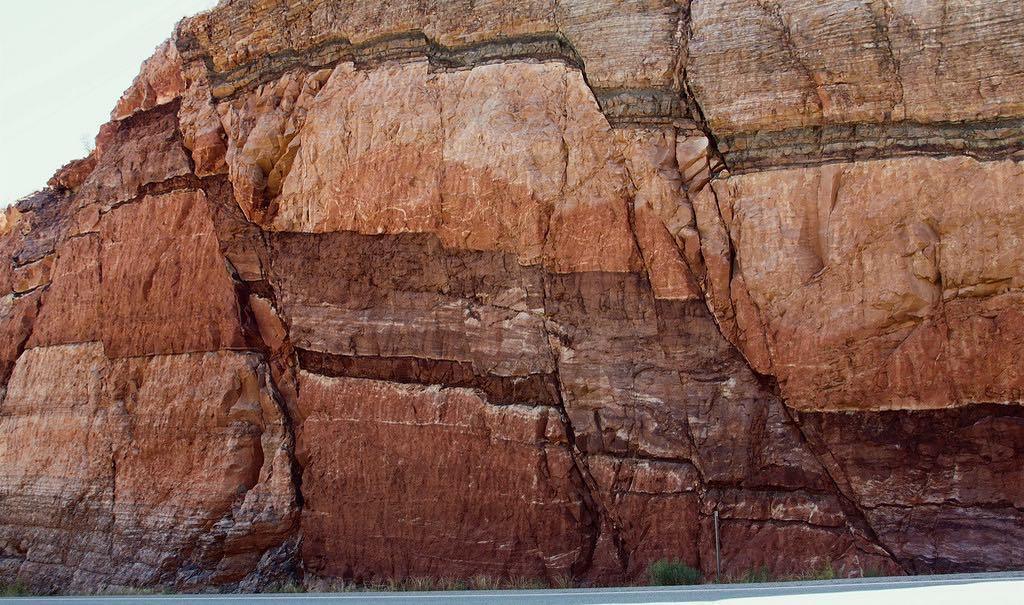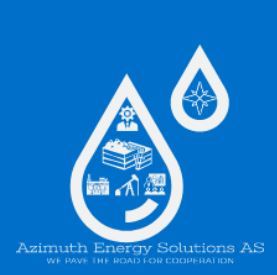Azimuth Energy Solutions
Geophysical Studies
At AES we use seismic and well data to define structures geometry, reservoir compartmentalization and segmentation. The final depth structure map will be prepared to represent fault locations (if applicable), structural trends, and the overall configuration of the field. Definition and provision of geo-cellular configuration will be done based on all geophysical, geological and petrophysical study. In this area, AES provides the following services:
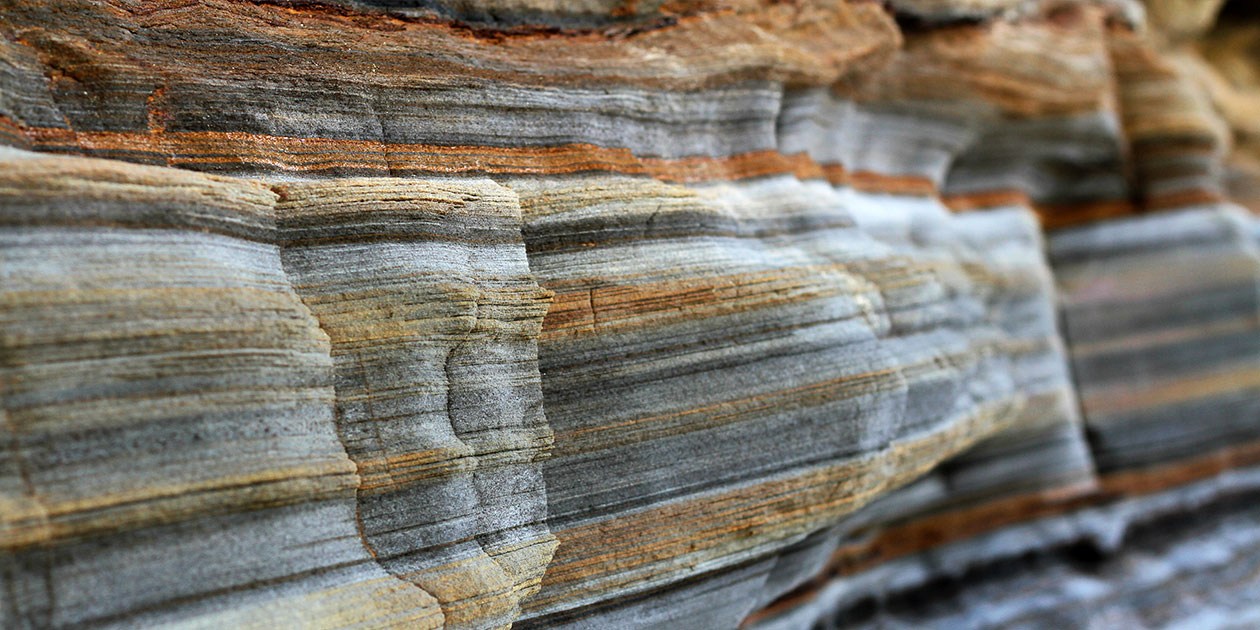
- Seismic Acquisition Planning Seismic Processing
- 2-D/3-D/4D Seismic interpretation
- Prospect generation & evaluation
- Seismic Stratigraphic analysis
- Seismic Modelling:
- Fault interpretation & mapping
- Velocity analysis & modelling
- Synthetic seismogram generation
- Seismic attribute / AVO analysis
- Fault seal analysis
- Pressure prediction from seismic data
Geology & Geological Modeling
Having experiences from different and complex geological settings, AES is willing to provide the following services in an integrated environment as we beleive that geophysicist, geologist, petrophysicit and reservoir engineer should work with data extracted from a unique database:
- Regional geological studies
- Sedimentary and basin analysis
- Reservoir characterization
- Geological maps (structure, porosity, fault, depositional, isochore, etc.)
- Detailed log correlations and analysis (clastic & carbonate systems)
- Core analysis interpretation: for clastic and carbonate systems
- Thin section, SEM interpretation
- Process-based modelling (Fine and Coarse geological modeling)
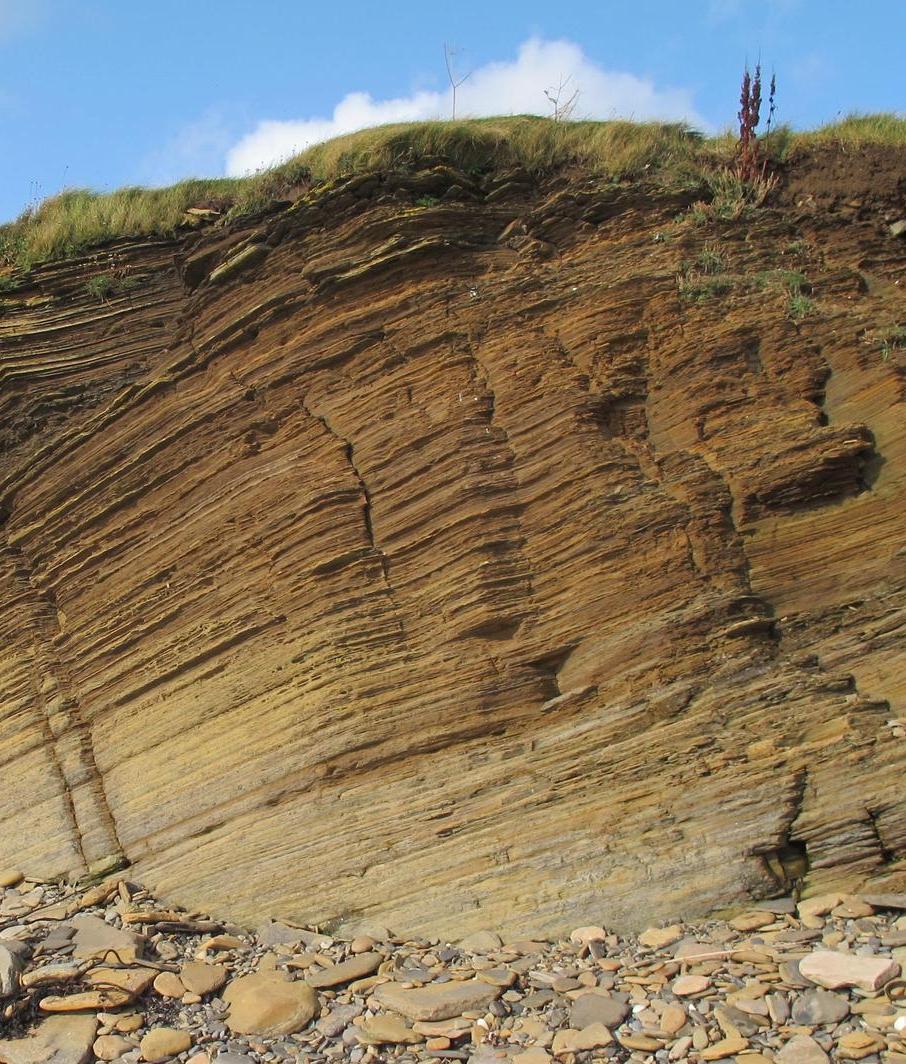
Petrophysics
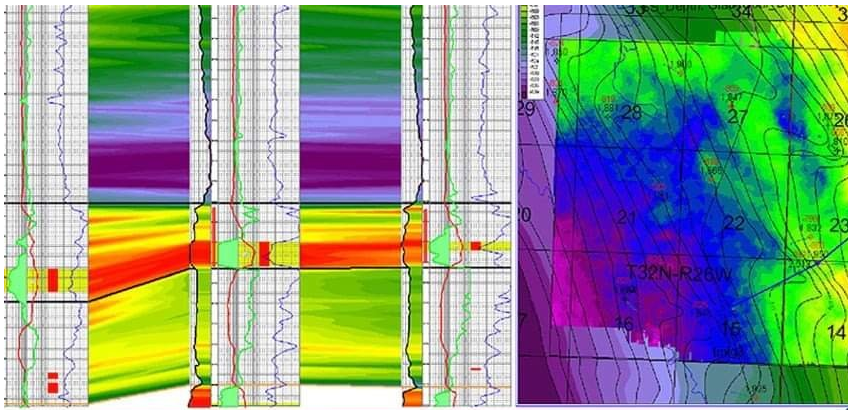
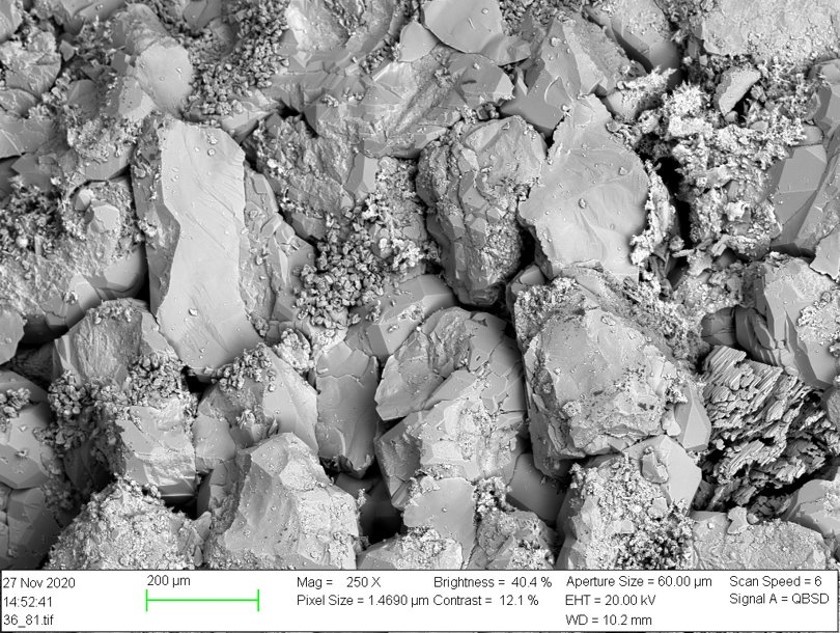
The petrophysical study is often part of a larger reservoir description project such as a reservoir simulation model or a geostatistical study.
The reservoir surveillance activities are likely out-live the petrophysical study, so it is vital that the final study report and all material used in the study be carefully archived and documented.
Our Petrophisical excersice are including:
- Log Digitizing, Processing and Preparation
- Quantitative log interpretation: Deterministic and Multi-mineral approaches.
- Petrophysical support for reservoir modelling and rock physics studies.
- New well evaluation and re-evaluations of legacy data.
- Rock typing and Electro-facies classification.
- Integration of log, core, mud log, NMR, capillary pressure and pressure data:
- Permeability modelling
- Saturation height modelling
Geomechanics
The geomechanic study is a frontier discipline in drilling optimization, well integrity as well as gas storage projects. The objective of this study is predicting important parameters, such as:
• in-situ rock stress,
• modulus of elasticity,
• leak-off coefficient and
• Poisson's ratio.
The geomechanical models are constructed to address above objectives after collecting sufficient and adequate data during coring and core testing, geophysical log analysis; well testing methods such as transient pressure analysis and hydraulic fracturing stress testing, and geophysical methods such as acoustic emission.
